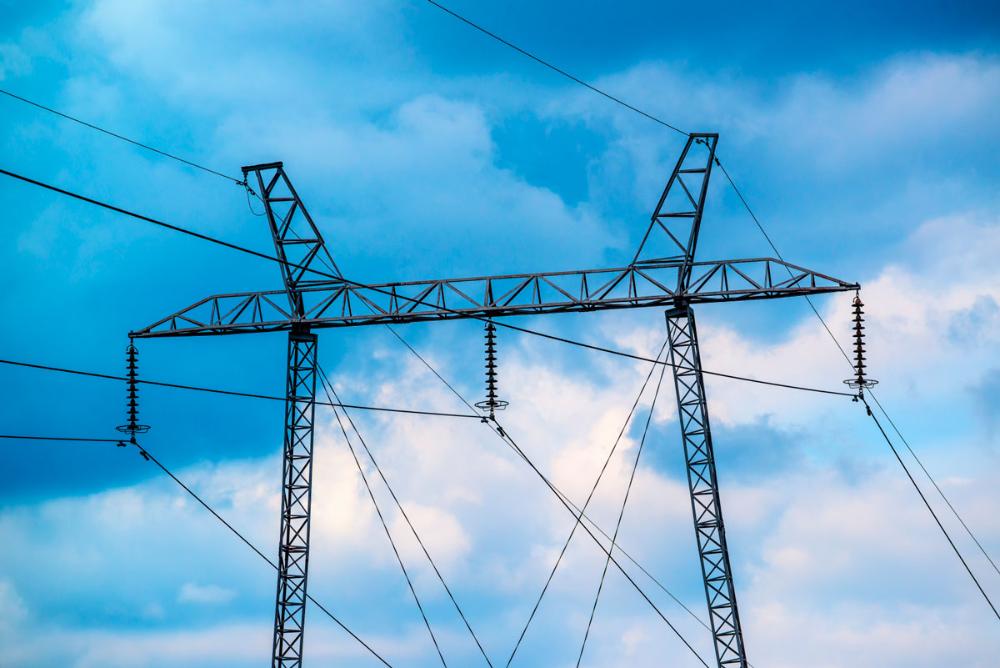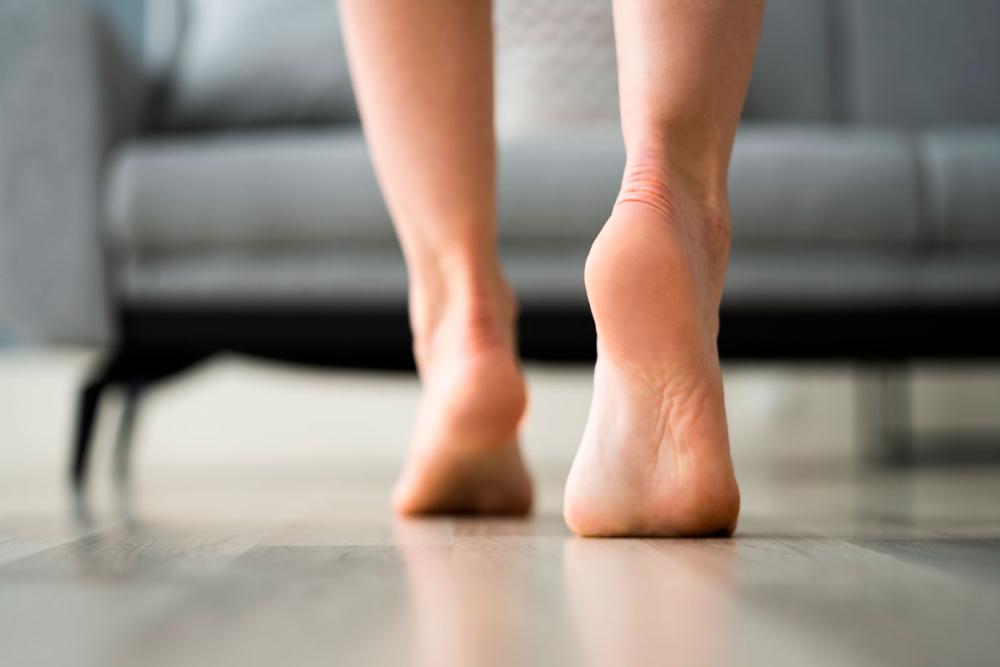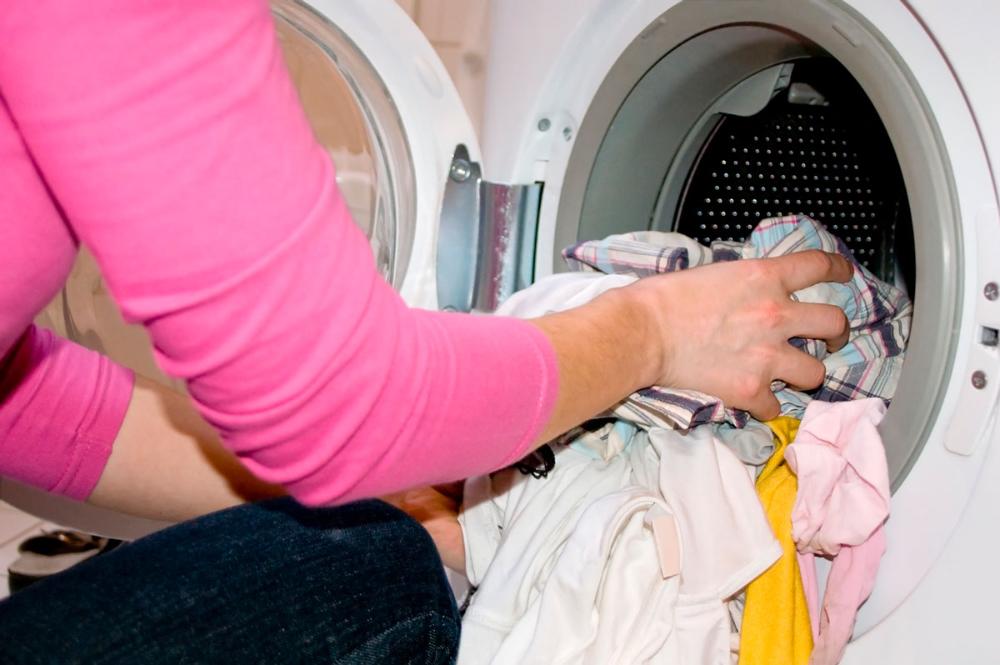My Oulu: Conserving energy keeps the electricity bill moderate – yet everyone should be prepared for the electricity outages

Everyone should pay attention to own energy consumption and be prepared to electricity outages. Images: Mostphotos
Oulun Energia is doing all it can to ensure the sufficiency of electricity by producing as much energy as possible for the national grid. From the customer’s point of view, the best way to influence your electricity bill is to reduce your own electricity use.
60 percent used on heating
Depending on the form of heating used in a home, most of the electricity used is spent on heating, which can amount to as much as 60% of the energy consumed. In district heating properties, only a few watts of energy is used for heating and hot water, but by optimizing your heating, even the district heating bill can be reduced. In ground source heating properties, depending on the habitable floor area and the efficiency, about a third of the heating energy used comes from electricity.
Oulu Energia has compiled tips for how to reduce your energy usage with small everyday acts, whether your mode of heating be electricity, district heating, or ground source heating.
How to succeed in saving energy at home

1. Taking energy-efficient saunas.
Heating an electric sauna is one of the biggest uses of electricity. This is why you should now pay special attention to how you use the sauna. Think about whether your family could optimise your sauna days so that the sauna is heated less often and the whole family could benefit from the same heated energy. It is also a good idea to go to the sauna as soon as it is heated so it is not on unnecessarily.
2. Quick and cool showers.
A ten-minute shower uses up to 120 litres of water, 60% of which is heated. So take quick showers and avoid running the water while lathering. Could you challenge yourself to take two-minute showers? That would use only 30 litres of water.
3. Lower the room temperature.
You should lower the room temperature of living spaces to 20–21 degrees. The temperature of the bedroom can be even lower. Lowering the temperature by one degree requires up to 5% less of heated energy. 12 degrees is sufficient for storage rooms and garages. Remember to maintain a base temperature for spaces with water pipes to avoid the pipes freezing.
4. Adjust your thermostats.
Adjust room/radiator-specific thermostats to the same degree to avoid a conflict between the thermostats leading to an increase in temperature in a cooler room.
5. Adjust the comfort underfloor heating of washrooms.
Adjust the underfloor heating to dry the washrooms after showering and lower the power when the washrooms are not in use. Please note that in thermostatically controlled underfloor heating, leaving the door open may cause the underfloor heating system to compete with the rest of the heating system, increasing your electricity bill.

6. Adjust ventilation.
Up to a third of residential heat is lost through ventilation. Adjust the ventilation to its minimum with the help of a specialist. However, the ventilation cannot be completely turned off, as it can create other problems for the property.
7. Fast and efficient airing out.
The most energy-efficient option in electrically heated houses is to air them out without keeping the doors and windows open for too long.
8. Inspect the seals of windows and doors.
Heat is also lost through leaking sealant. Check and seal windows and doors to avoid heat loss.
9. Monitor your own energy use.
When you monitor your own energy use, you are also able to better optimize it. As a customer of Oulun Energia, you can monitor your energy use, for example, from your Energiatili. The energy-saver’s calendar can help you time your energy-saving actions correctly.
How to save electricity with everyday choices
Switch to your home to LED lighting and only keep the lights on as needed.
Optimise how you use your appliances. Take advantage of the timers on your appliances to set them to run at times when electricity is produced more inexpensively. Turn off appliances when not in use.

Only wash full loads and care for clothes according to their recommendations. For example, airing clothes can reduce how many times they need to be washed, and drying clothes outdoors or in the dryer saves heating energy.
Take advantage of the residual heat of stoves and ovens and make larger batches of food at once. Remember that a fan-assisted oven does not need to be preheated.
If you buy new appliances, pay attention to their energy efficiency.
How to prepare for electricity outages
Although our electricity and heat distribution is very reliable, lengthy outages may still occur at times. That is why it is important to be prepared for them. Oulu Energia has put together instructions on preparing for and dealing with long outages.
- Have at least one battery-powered torch and radio, spare batteries, candles, and matches at hand. Do not leave burning candles unattended.
- Battery-powered radios play an important role in delivering government communications and instructions. If you are connected to the Internet, you can also check our website for disruption notices.
- Get an uninterruptible power source (UPS) for your computer and other important electrical devices to make sure that a power outage does not turn off your device during short, momentary outages.
- It is beneficial to have troughs under refrigeration equipment to collect water, and in the event of a long power failure, the removal of meltwater will prevent water damage.
- If the electric stove does not work, a portable camp stove is a handy device for preparing for a long outage. Pay attention to fire safety when using a camp stove.
- If your house has a fireplace, keep firewood available at all times.
- Keep your mobile phones fully charged. Get a car charger, solar charger, or something similar to charge your phone without electricity.
- If uninterrupted supply of electricity is a necessity, or if you want to secure the heating of your home in the winter, consider purchasing a back-up power unit or generator.
When the power is out
Most electricity outages are short and can be quickly repaired. However, refer to these instructions in the case of a long power outage.
- Follow official announcements on the radio and the television when you notice that the power outage is prolonged.
- A prolonged power outage also affects the operation of information networks.
- We will provide information about the situation on our website and social media channels when the network connections work.
- Call the emergency number only if you need urgent assistance.
- It is important to turn off the power for the stove, iron, coffee maker, and washing machine. They can cause a fire if they are on when the power is restored.
- Leave a light on so you will notice when the power comes back on.
- Do not attempt to cut down trees, branches, or other debris from power lines! There is a risk of fatal electric shock.
- Notify the electricity company if you see any damaged power lines or fallen trees on power lines.
- If you have multiple mobile phones at home, use their batteries one after the other and avoid making unnecessary calls. The mobile phone network is very likely to crash after many hours of a long outage.
- Call the emergency services only in urgent situations, such as when you need an ambulance or the police. Unnecessary calls slow down and prevent real emergency calls.
- If electrical devices behave strangely (e.g., vibrate, the intensity of the lights vary, or you get an electric shock from a device with a metal shell), there might be an open neutral that could be life-threatening. Read the instructions.
- Do not open the freezer unnecessarily. It takes several hours for the freezer to melt from -18 degrees Celsius to zero degrees Celsius, so the cold does not escape the freezer even during a long power outage.
When the power comes back on
- Gradually switch on electrical equipment to prevent a spike in the load from cutting the power off again.
- The water supply may not start immediately. When the water is running again, there may be some residue in it.
- Turn on the radiators in different rooms about every hour.
- Examine the contents of your freezer and check the condition of thawed foods: Thawed but cold foods should be eaten. Do not eat products with broken packaging.
How to prepare for heating outages
All forms of heating except fireplaces use electricity. In detached houses, for example, boilers, burners, and ground source heat systems, as well as water and air circulation pumps, are powered by electricity. District heating also relies on electricity. Electricity is necessary in power plants to pump water into the district heating network and to recycle water in the in-house heating network.
There may also be interruptions in district heating from time to time without an electricity outage. Interruptions in heat distribution may be due to power plant production problems, damage to the district heating line or, for example, a fault in the heating substation of your own house. District heating also heats hot domestic water, meaning that during an outage, no domestic hot water is available.
When heating is down
- Avoid unnecessary ventilation and airing. Close the windows and keep the front door closed. Close the doors to corridors, vestibules, and hallways. This prevents heat loss.
- Use the fireplace, if possible.
- Avoid using additional electric heaters. Even if your own fuses can withstand the extra load, the electricity distribution network cannot withstand extra heaters in the whole residential area.
- Dress warmly. Wool is an excellent insulate, so wool shirts and socks will keep you warm.
- If your property has water-based heating with wood heating, please note that during a power outage, the water circulation pump will not operate and the boiler may overheat. It is therefore important to make the water circulation pump work, or the system must have the possibility of free circulation.
If the temperature in your home drops below +15°C:
- Try to keep one room warm in your apartment. Close the doors of the outer and corner rooms, and block the cold air from coming in from them with carpets or towels.
- Cover the windows with thick curtains or blankets. Put some extra carpets on the floor.
- Put on more warm clothes. Blankets and quilts also keep you warm.
- The water supply is interrupted during a long electricity outage, either immediately or within the first few hours. Use water only when necessary.
Water supply
Large-scale power outages also cause problems in the water and sewage network when the pumps are not working. Monitor how the water supply is handled during large-scale outages through official communications and water utility communications.
If the water supply is interrupted, the toilet only flushes once and further flushing must be carried out using portable water. However, the sewage network may malfunction when the pumps are not working.